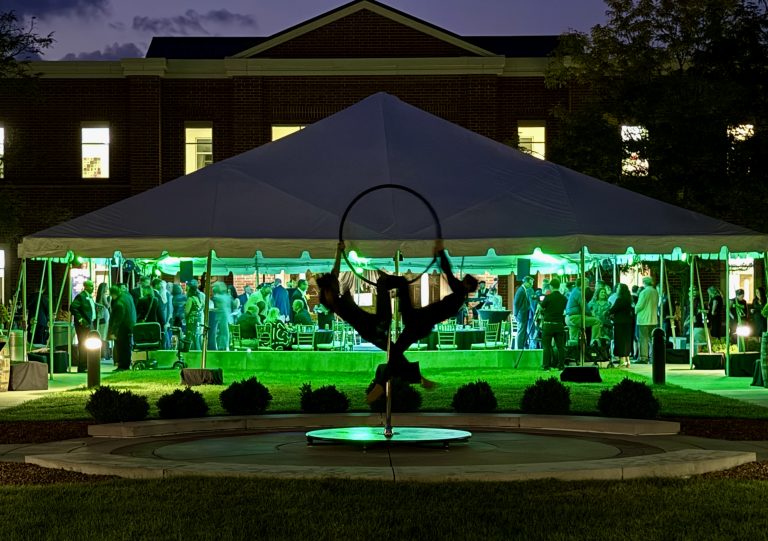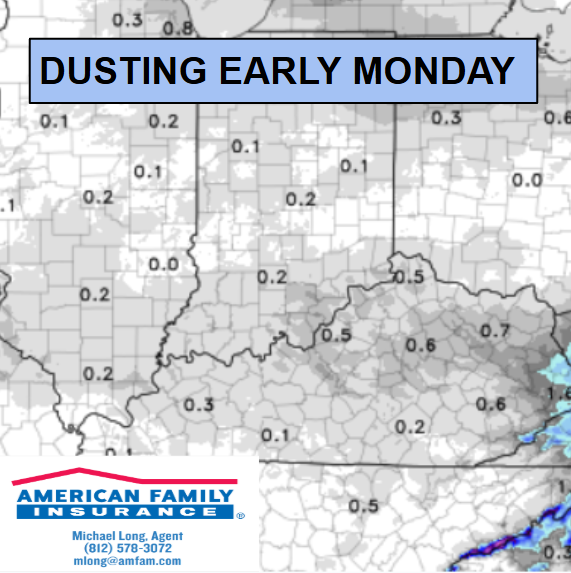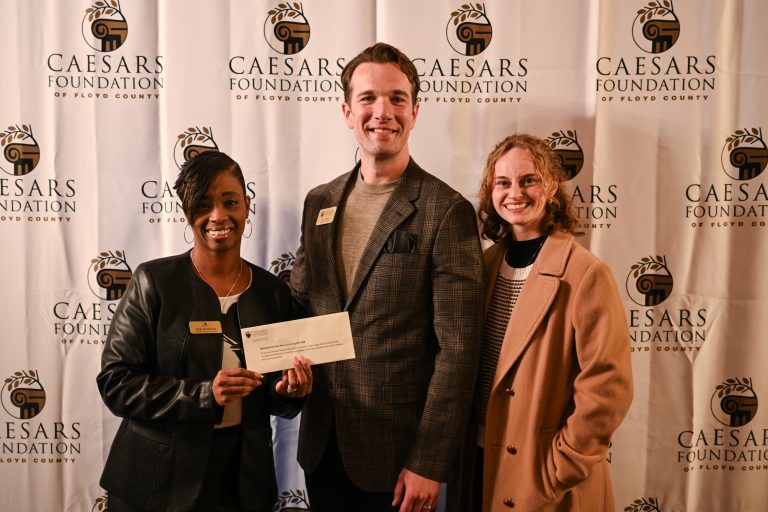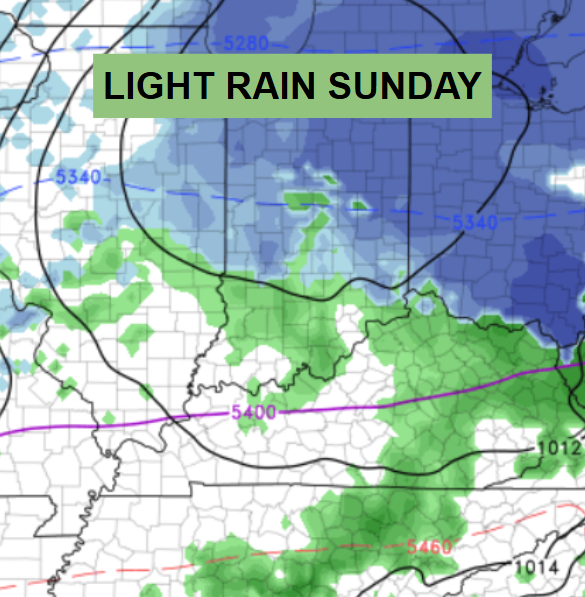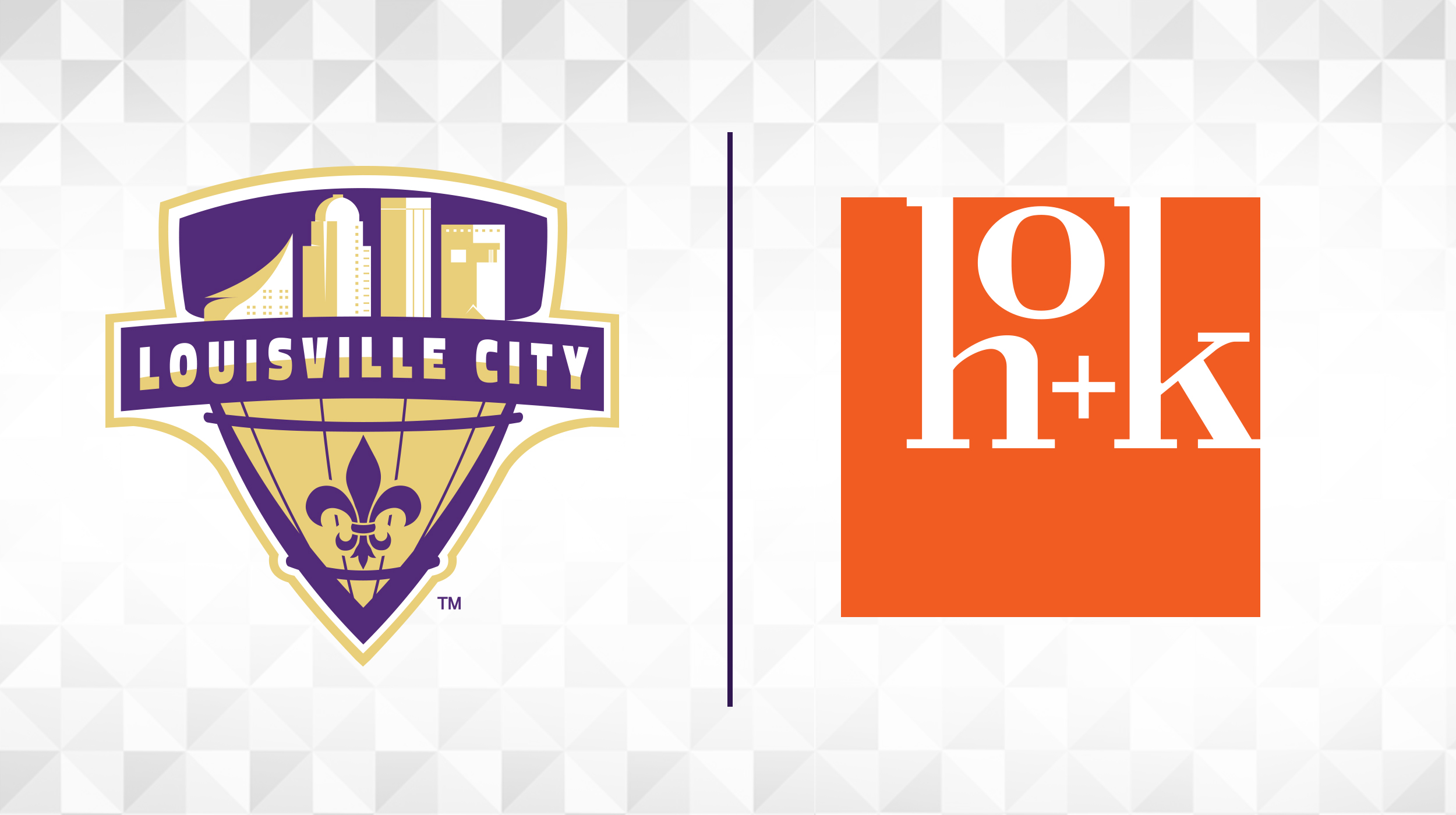
Louisville City FC has entered into partnership with global architecture firm HOK for design of a soccer-specific stadium and adjacent development projects, a key step in the club’s pursuit of a long-term home.HOK will provide the vision for a 10,000-seat stadium that could later expand in capacity to 20,000. The overall site plan will also include space for office and retail development.“We’re getting closer to securing a lot in urban Louisville, and now we’re thinking about what we can build on it,” said LouCity Chairman John Neace. “HOK’s work ensures that once a location is determined, community members will have a tangible picture of Louisville City FC’s future.”HOK has worked since 2015 with the LouCity’s United Soccer League, helping position each of its clubs in soccer-specific stadiums by 2020. The firm’s soccer portfolio boasts Mercedes-Benz Stadium, home to MLS’ Atlanta United, the San Jose Earthquakes’ Avaya Stadium and a number of USL ventures.“We’re excited to work with Louisville City FC on the design of their new stadium,” said Chris DeVolder, vice president and soccer market leader for HOK’s Sports + Recreation + Entertainment practice. “The facility will serve as a model for other USL teams looking to elevate their stadiums in the urban core.”LouCity currently pays to rent and play in Louisville Slugger Field, also home for the Triple-A Louisville Bats baseball franchise. A soccer-specific stadium would open new revenue streams, scheduling opportunities and raise the pitch to international standards.“When you throw everything into the mix, it really is a must that we have these things in place at a stadium,” said LouCity Coach James O’Connor. “Apart from the financial implications of playing at Slugger, I think the supporters should have a place they can call home and for us to have a pitch that’s one surface and fully sized.”O’Connor has led LouCity to consecutive appearances in the USL Eastern Conference Final, earning 100 points in 58 regular-season games since 2015 — most of any team in the league. An average of 7,218 fans attended LouCity’s 2016 USL games, ranking third of 30 clubs. The 2017 season will run from March through October with a schedule due out soon.Amid success on the field, a study conducted by Convention, Sports & Leisure and Legends and released last August by Louisville Forward confirmed that a soccer-specific stadium is needed to maintain and grow professional soccer in Louisville.Mayor Greg Fischer at the time said sharing fields with the Louisville Bats “is not sustainable.” He added that the “Louisville City Football Club is off to a great start, and we must embrace the growing demand for soccer in our city and strategically prepare for long-term growth.”ABOUT HOKHOK is a global design, architecture, engineering and planning firm. Through a network of 23 offices worldwide, HOK provides design excellence and innovation to create places that enrich people’s lives and help clients succeed. DesignIntelligence consistently ranks HOK as a leader in sustainable, high-performance design and technology innovation.As a sports facilities design leader for more than 30 years, HOK has built a legacy of exceptional stadiums, arenas, training facilities, ballparks and master plans that exceed the needs, goals and values of teams, universities and cities. The firm’s designs for soccer stadiums across the country blend distinctive features and abundant amenities with innovative approaches to sponsorship, branding and activation to enliven communities, help teams recruit top talent and compete at the highest levels.
HOK’s innovative design process both anticipates and directs the future. We blend our client’s goals with our expertise to create a fully connected, cost-effective, dynamic and unique game-day experience. Soccer stadiums play an integral role in building a team’s brand and identity within their city. HOK has a history of providing creative design solutions for the USL and MLS that are iconic and fan focused, elevating their brand recognition and establishing soccer as a key entertainment choice in each city. As soccer continues to attract a diverse and passionate fan base, the sport has reached the most coveted fans – Millennials, Gen Z and young families. This youthful fan base values the beauty of the game, connectivity to the urban core and the experience inside the stadium. To reach this audience, HOK designs soccer stadiums that are activate, flexible and technologically advanced, offering social gathering spaces, unique food and beverage offerings and celebrating the traditions of the game.









